A representative of the Construction Development Alliance (CDA) was in attendance at the Digital Discovery Day hosted by Burnley College on their main campus.
The purpose of this day was for Burnley College to give an exclusive opportunity to share their passion for all things digital.
Burnley College wanted to share what it has found out about how the very latest digital technologies impact all aspects of our lives – personal and professional.
Friday, 28th April 2023, gave the attendees a glimpse of how Burnley College is embracing the very latest digital technologies, how they are helping everyday people and businesses lead the digital revolution within their business and how Burnley College is empowering the workforce of tomorrow – their amazing learners – with the vital skills and knowledge to become digital evangelists in industry.
The day started with a light breakfast, where the delegates had the opportunity to network with each other as well as talk with the tutors in attendance. In the background, there were students from the performing arts department who sang for the delegates.
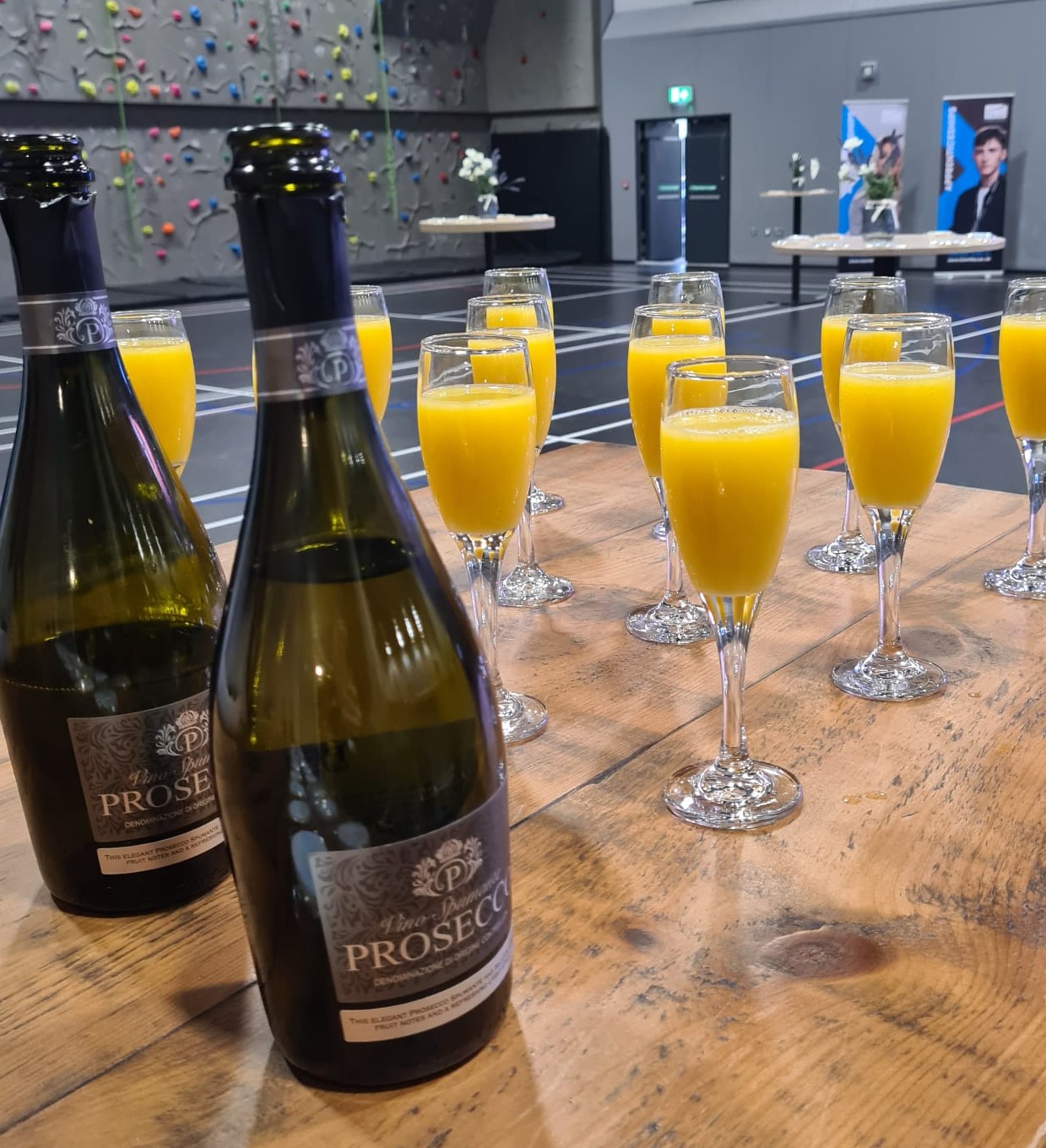
1st place to visit
The first stop-off was the engineering department on the ground floor of the college.
We headed onto the Advanced Materials room, where we learnt how to use CAD (Computer-Aided Design). It was explained that there are three different types of CAD, which are –
-
-
- Two-dimensional or 2D CAD: Most of us are aware of the early version of CAD.
- 2.5D CAD: The 2.5 D CAD are prismatic, representing an object’s depth.
- Three-dimensional or 3D CAD: The purpose of both 2D and 3D models is the same.
-
However, instead of showing a presentation on creating an image, the tutors allowed us to use College computers and try out the software ourselves.
Taking a step-by-step tutorial, my fellow delegates and I learned how to use the different program settings within the software, and we could make a key chain. Once the key chain was created, we were shown how to set up the key chain to be printed using the college’s 3D Lazer Printer.
The 3D printer uses a CAD file or a 3D scan to form an item by adding thin layers of sintering powder or resin until the printed item is fully developed. Then, a laser 3D printer cures the wax into the hardened plastic that people are used to seeing on 3D-printed objects.
Our party were then guided into the engineering workshop, where students were seen being taught but tutors on engineering processes. Watching the students interact with their tutors and learning environment was excellent.
While guided around the workshop, we visited the college’s Laser engraving printer. The technician explained what the printer would be able to achieve as well as showed us some of the items the printer had already created.
It was explained that the printer needed specific colour coordination to work correctly. Each colour would tell the machine the depth of the engraving, but it would need to be programmed in a specific way.
Laser engraving refers to subtractive manufacturing, where a laser beam engraves material surfaces. Purchasing a laser engraving machine is often a critical decision for most businesses, as engraving their logo on products is useful.
Laser engraving is a process used in marking materials with a laser beam. It is used extensively in the automotive, medical, and manufacturing industries for artistic or aesthetic applications.
In most cases, engraving is used because it produces durable, high-contrast markings. Our group were shown how to use the system; the technician explained how to select an item to be printed, select the correct engraving settings and set the printer to work.
We were given the opportunity to see the engraving machine at work.
2nd place to visit
Business and Professional Service was the Second stop-off on the Second floor of the college.
Heading into the Holker IT Sponsored business room. Our delegation group sat for a presentation about the benefits of the use of Data and how it affects businesses.
Data can help businesses measure whether certain actions, products or services are profitable and where their greatest expenses might be. Identifying expenses is often the key to increasing profits because businesses can reduce them and keep more of the revenue they earn.
Good data allows organisations to establish baselines, benchmarks, and goals to keep moving forward. Because data allows you to measure, you will be able to establish a baseline, find the benchmarks and set performance goals.
How can data affect business?
This is one of the subjects that the tutors covered in this segment.
Data helps you understand so that you can improve business processes; knowledge can help reduce wasted money and time within your business.
It is not limited to one sector, as every company feels the effects of waste in one way or another.
Data collection can show the sources of the depleted resources, which squanders time. Not having this information can ultimately impact the bottom line. For example, lousy advertising decisions can be one of the greatest wastes of resources in a company.
Another subject discussed was the power of BI (Business Intelligence).
BI includes strategies and technologies used by companies for the data research and management of business data.
Common functions of BI technologies include reporting, analytics, business performance management, benchmarking, predictive analytics, and prescriptive analytics.
Burnley College tutors are all for Innovating education. As part of this innovative education, the tutors encourage their students to look at the local area and apply what they have learnt about BI.
The students have done an analysis of the local Football Club and the predictability of the club’s future performance.
It is encouraging to see the college inspiring the students to look at local businesses and learn from their success.
The next section discussed by the tutors was about the digital skills of the students that are coming through from Secondary school. It was highlighted that not all young people are taught skills in Excel Processing or PowerPoint. Though these skills are not a requirement as part of the young person’s education, they are skills that could benefit them in their adult life.
Digital skills are defined as the ability to find, evaluate, use, share, and create content using digital devices, such as computers and smartphones.
Burnley College recognises that these digital skills will benefit their students, so they ensure each student knows how to use Excel and PowerPoint formats before they finish their course.
Some of Burnley college’s computing students have used the skills they have learnt to create a monitoring system that tracks vacancies and skills gaps across multiple sectors which is aiding The Watchtower Project which is supported by Lancashire County Council.
3rd place to visit
After a fifteen-minute break, our group headed down to the ground floor, into the E-Sports Strategy and Marketing department.
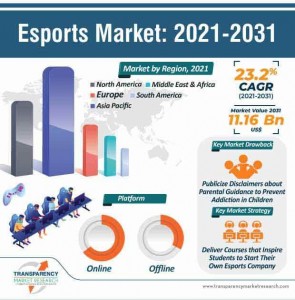 The tutors explained how E-sports is one of the fastest-growing industries in the country since the COVID-19 lockdown. Many gamers have come to the realisation that it is profitable to create gaming content and have it streamed online live or pre-recorded.
The tutors explained how E-sports is one of the fastest-growing industries in the country since the COVID-19 lockdown. Many gamers have come to the realisation that it is profitable to create gaming content and have it streamed online live or pre-recorded.
British computing society has said, “Esports is one of the biggest and fastest growing industries in the world, with viewership now reaching over 810 million people.”
The E-Sports industry was worth an estimated 34.53 million Pounds Sterling in 2022, this represents an increase of over 16% from the previous year – Statista.
ESports turns online gaming into a spectator sport. It mimics the experience of watching a professional sporting event, except instead of watching a physical event, spectators watch video gamers compete against each other.
In esports, for example, a brand might want to advertise with streaming platforms or esports teams in order to market its products to the 18-24 gamer demographic.
Marketing departments will often look after a wide range of areas, from social media to sponsorships, partnerships, brand image, slogans, adverts and more.
After talking about Esport, the tutors discussed the benefit of having a good online presence and how it can help build a professional online presence.
With that in mind, the tutors gave the group a chance to learn how to take the best picture for our linked-in profiles. Using the college photography set-up, we were told how to use the camera and capture the best picture.
In true artistic style, we were direct on where to focus first and when to look at the camera. The key style was to achieve a classic headshot, perfect for a professional online forum.
Once the group had their photo’s taken, we moved on to the gaming aspect of the visit. The tutors kindly set up a virtual driving simulator and allowed each person to have a go.
4th place to visit
Walking out of the main building and over the bridge to the Humanities & Social Science department building behind Fitness Evolution Burnley.
The tutors of the Human Sciences program explained what students would expect from the courses Burnley College has open in this discipline. They explained what technologies are available to aid the students in their learning and how to use the devices.
One of these devices is the virtual anatomage table, which is an operating-bed-sized table that provides highly accurate, 3D visualizations of human and animal anatomy.
Giving the students the chance to virtually examine the human body through advanced medical imaging of cadavers.
Advanced technology such as this table enables the student to see what is expected in a human body without dealing with the procedures that a physical cadaver would pose. It was explained that this device could allow the students to see all aspects of the human body, from the skin level down to the skeletal structure and nervous system.
Students can take an organ and break down the tissue. In effect, dissecting the tissue allows the student to see what is inside an organ without dealing with a cadaver or the physical tissue.
The table has proven to be an invaluable aid to the students learning as the device shows the student the human body. But it also asks questions and will freeze on the student that chooses to answer.
It can be used lying flat as a table, or it can be stood straight so that the student can see the image in front of them.
The Human science department also has a Smart Stat Manikin controlled by a tablet.
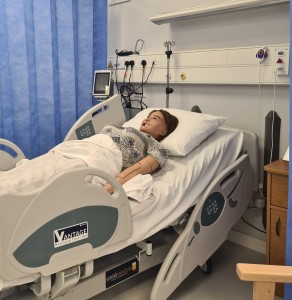
This manikin mimics the behaviour of a patient and can give the students a controlled environment so that they can learn patient care without the risk of medical issues that can come from a living patient.
At the control of the tutors, the manikin can be used for many medical scenarios as it has the following features –
- Airway management
- ECG
- Emergency Lung and Heart sounds
- IV and tube installations
- Pulse Points
These are just a few of the many features that can be changed on the tablet. The tutors noted that many students enjoy the process of using the manikin and developing their skills before they move on with their education and working on living patients.
A little detour
Our tour guide had some time left before we were due back at the sports hall, so he took us to the Evolution high-performance Centre, which is his speciality.
While in the Evolution high-performance Centre, we were taken to see the state-of-the-art Altitude Room or environmental chamber, which is used to help train athletes in the different atmospheres they would need for competitions worldwide.
It replicates the climate, with temperatures varying from 12 degrees to 40 degrees Celsius. The humidity levels can range between 1-99% and altitudes up to 5000m above sea level.
The trainers can help athletes prepare with less oxygen availability; so that the body can become more efficient with what is available. The main benefits of altitude training have been linked to performance and health improvement. Altitude training is used to elicit a range of benefits for athletes of all abilities.
While in the centre, the trainers allowed our group to test the room and feel what it would be like in the Emirates. Feeling the difference in temperature and humidity, an average person would struggle with the sudden change. It was clear that the altitude training would benefit any person wanting to compete in a different atmosphere.
Talking with the trainers about the benefits of this type of training was interesting, especially when it was mentioned how some athletes would use ‘illegal’ means to win competitions and how this unfair advantage was getting found out by the governing body that monitors the sports events.
Once we finished in the Evolution high-performance Centre, we were guided back to the sports hall through the college spar and past the high-performance Gym. When we arrived in the sports hall, we had a light food canopy and beverages.
We were encouraged to visit the different booths set up and talk with the different representatives about what they could offer us as individuals and for our businesses.
–
The Construction Development Alliance would like to thank Burnley College for opening its doors for this event, and we look forward to any further ones.
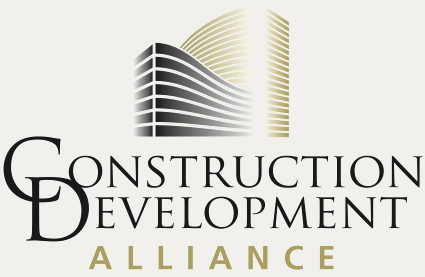

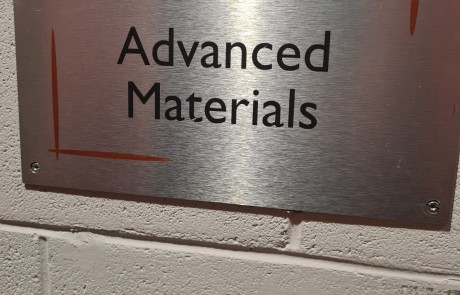
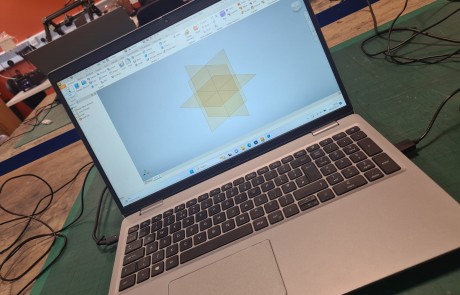

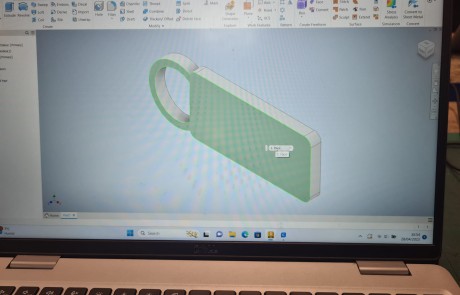
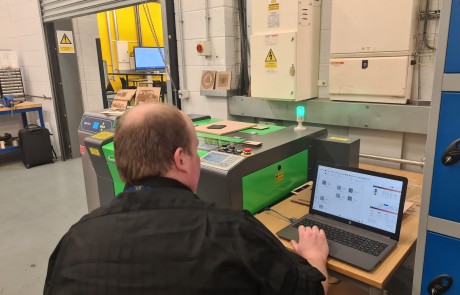
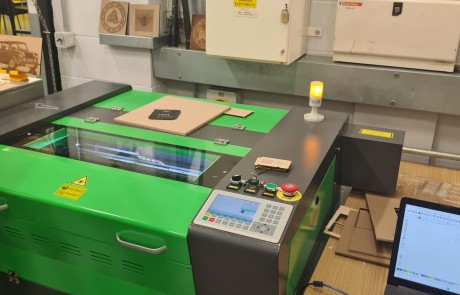
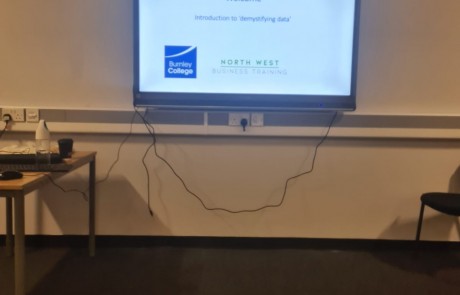
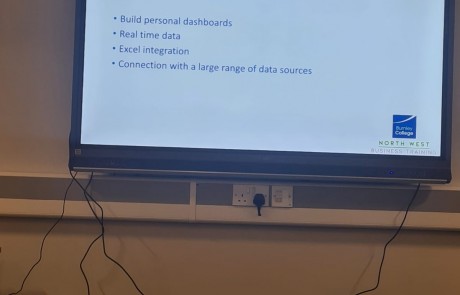
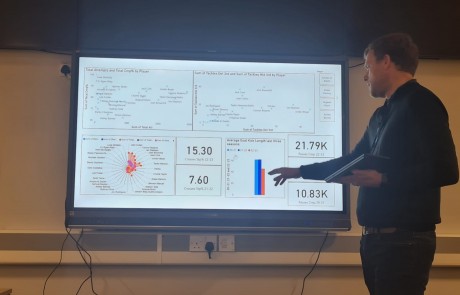
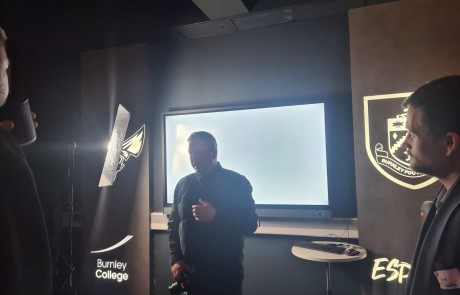
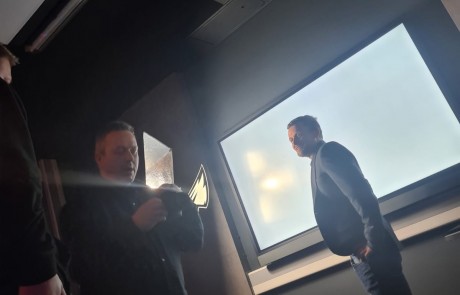
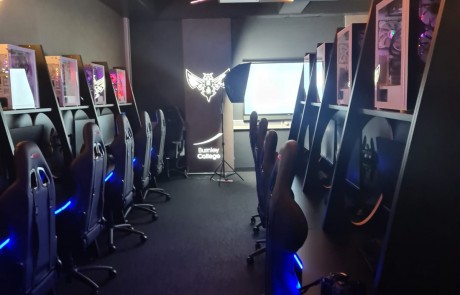
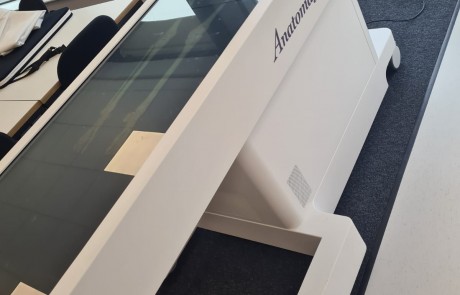
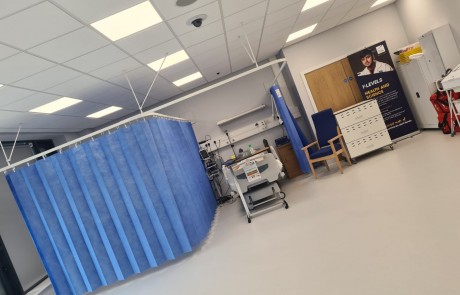
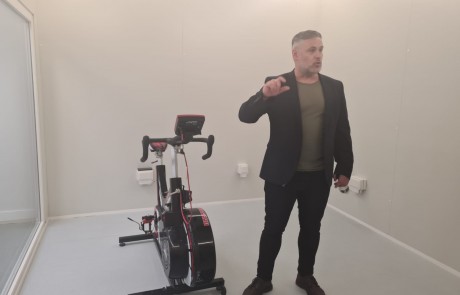
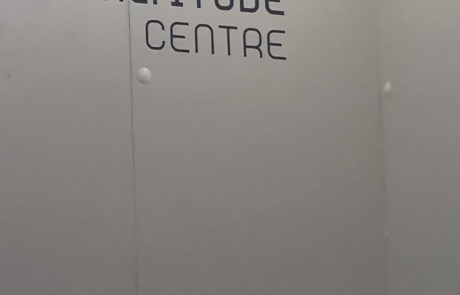
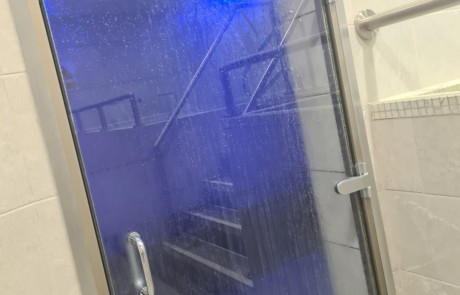
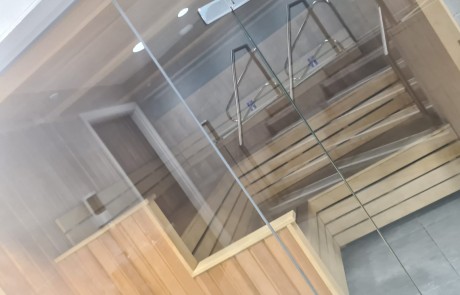
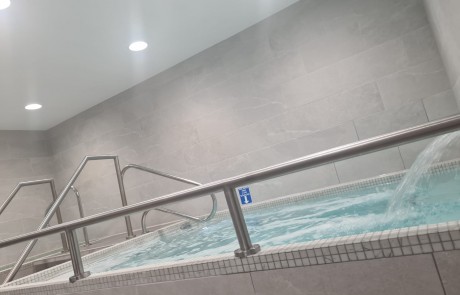
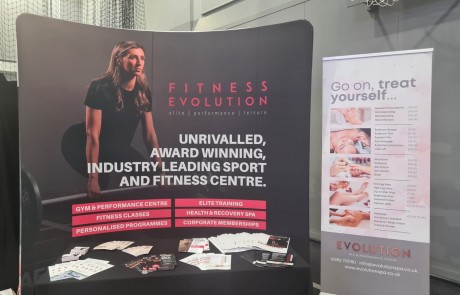
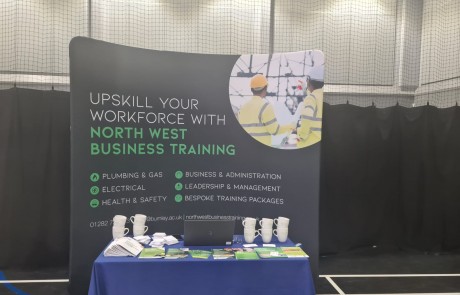
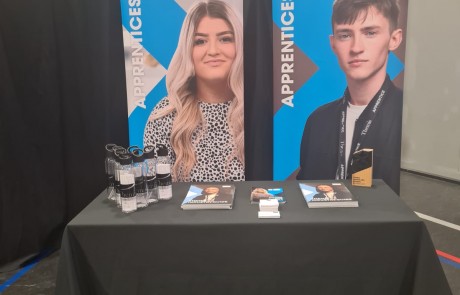
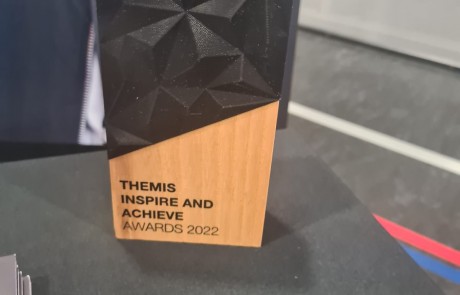
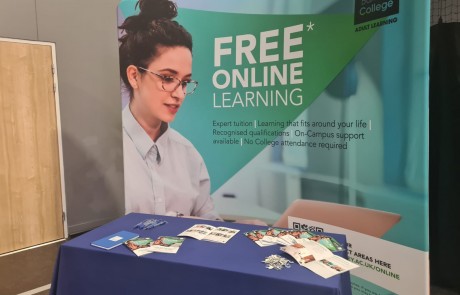
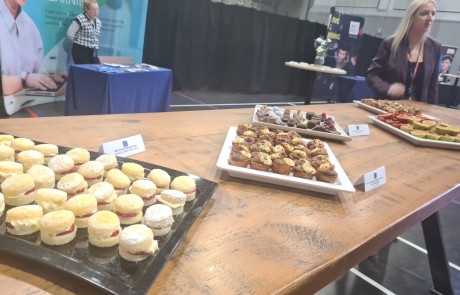



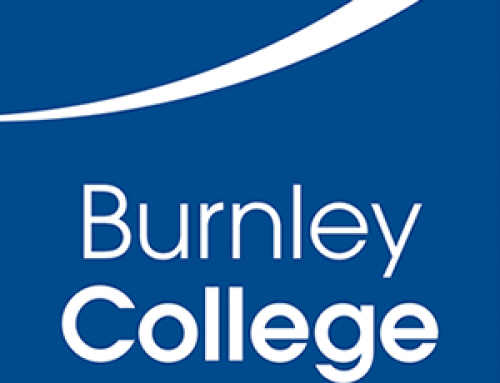
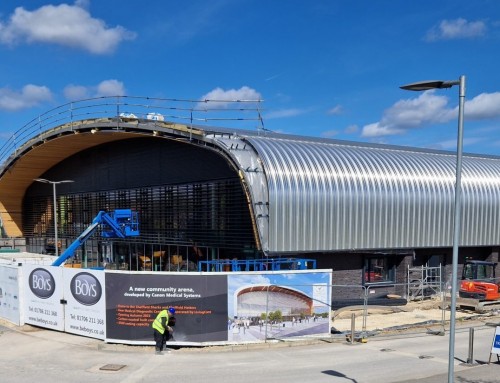
Leave A Comment